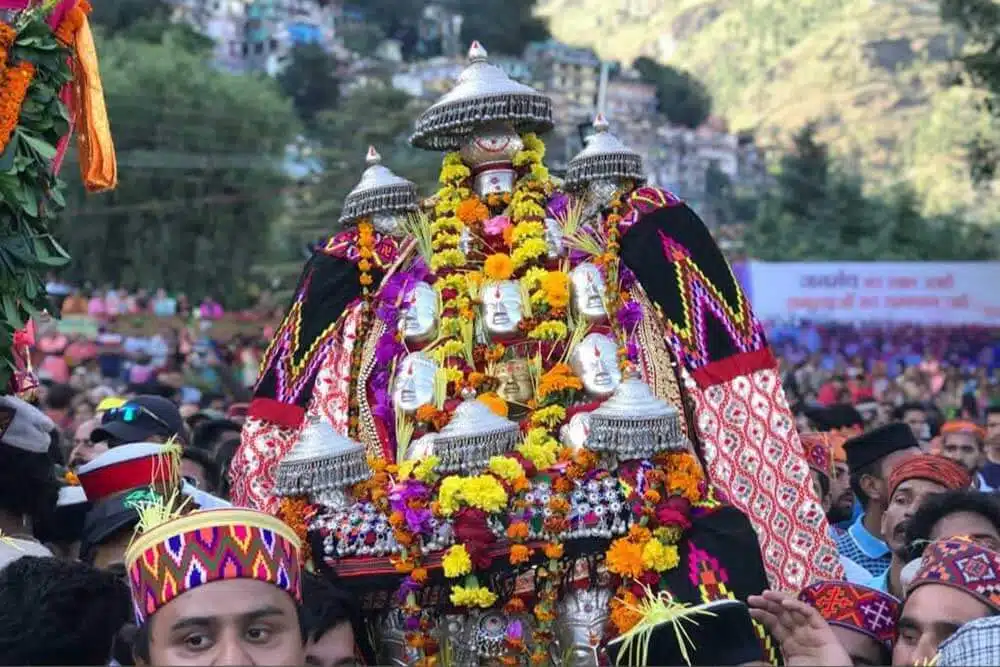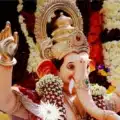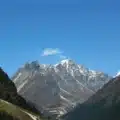Situated in the heart of the Himalayas, Kullu Valley in Himachal Pradesh hosts one of India’s most distinctive and vibrant festivals—Kullu Dussehra. This celebration stands apart from Dussehra festivities observed in other parts of the country, as it commences after the traditional celebrations have concluded. In 2025, this esteemed festival is scheduled to take place from October 2nd to October 8th, drawing thousands of devotees, tourists, and cultural enthusiasts from across the globe.
Recognized by UNESCO as an Intangible Cultural Heritage, Kullu Dussehra is not just a festival; it’s a living tradition that has united faith, folklore, and festivity for centuries. Here’s a complete guide to this extraordinary Himalayan celebration.
Historical Background
Kullu Dussehra dates back to the 17th century during the reign of King Jagat Singh of Kullu. According to legend, the king, seeking redemption for his misdeeds, installed the idol of Lord Raghunath (Lord Rama) as the supreme deity of the Kullu Valley. Since then, people have celebrated the festival in his honor, recognizing Lord Raghunath as the valley’s ruling deity.
What makes Kullu Dussehra truly remarkable is the assembly of over 300 local deities, each carried from nearby villages in colorful palanquins by their devotees. These deities gather at the Dhalpur Maidan in Kullu to pay homage to Lord Raghunath, symbolizing unity among communities and cultures of the region.
Unique Rituals and Celebrations
Rath Yatra (Chariot Procession)
The festival begins with the Rath Yatra, a majestic chariot procession where the idol of Lord Raghunath is placed on a beautifully decorated wooden chariot. Pulled by thousands of devotees with thick ropes, the chariot is paraded across the Dhalpur Ground. The atmosphere resonates with spiritual chants, drumbeats, and a sense of divine unity.
Assembly of the Gods
This event is perhaps the only one in the world where gods and goddesses are believed to visit a festival physically. Each deity has its local legend and group of followers. During Dussehra, these deities “meet” in Kullu, turning the town into a divine congregation point. The act of bringing the deities to the festival is called ‘Jatra,’ which reflects deep-rooted Himalayan spiritual traditions.
Cultural Programs
Throughout the seven days, the Dhalpur Ground turns into a cultural carnival with:
- Himachali Nati dance performances
- Folk music and tribal storytelling
- Live stage shows by Indian and international artists
- Craft bazaars featuring woolen wear, shawls, handwoven products, and woodwork
- Local food stalls like Siddu, Babru, and Madra will offer dishes.
The Final Day: Lanka Dahan
The concluding day of Kullu Dussehra is known as Lanka Dahan, a symbolic burning of the effigy of Ravana to mark the victory of good over evil. Unlike other Dussehra events, this ritual is performed without fanfare but carries deep spiritual importance. After this, the deities return to their respective temples and villages, marking the end of the sacred week.
Why Should You Attend Kullu Dussehra 2025?
- Cultural Immersion: Witness ancient rituals that have remained unchanged for centuries.
- Spiritual Awakening: Hundreds of deities make the environment spiritually charged.
- Stunning Backdrop: Set against the backdrop of the Himalayan foothills, the scenery is unforgettable.
- Authentic Local Experience: Enjoy regional delicacies, dances, and crafts that define Himachali culture.
- Photography and Travel: A paradise for photographers, travel bloggers, and culture lovers.
Travel Information
How to Reach
- Nearest Airport: Bhuntar Airport (10 km from Kullu)
- By Road: Regular buses and taxis from Manali (40 km), Mandi, and Delhi
- By Train: The closest railway stations are Joginder Nagar (95 km) or Chandigarh (270 km).
Where to Stay
Book early, as accommodations fill up fast. Options include:
- Budget guesthouses and homestays in Kullu
- Mid-range hotels in Bhuntar and Naggar
- Premium resorts in Manali offer a luxury experience.
What to Pack
- Warm clothing (temperatures between 10°C and 20°C)
- Comfortable shoes for walking on uneven terrain
- Camera gear and power banks
- Respectful attire for temple visits and rituals
Tips for Tourists
- Be respectful during religious processions and photography.
- Avoid alcohol or disruptive behavior in and around temple areas.
- Always ask before photographing locals or sacred objects.
- Participate in community meals or cultural workshops for deeper interaction.
Environmental Note
With increasing tourism, it’s important to travel responsibly. Use reusable water bottles, avoid plastic waste, and support local artisans over imported souvenirs. Preserve the beauty and sanctity of the Himalayas.
Final Thoughts
Kullu Dussehra is not just a religious gathering—it’s a celebration of faith, unity, and Himalayan heritage. Attending this festival offers you a rare chance to witness living mythology, where gods descend from their temples, people unite in joy and devotion, and the timeless spirit of the mountains comes alive.
Whether you’re a traveler seeking a cultural experience, a photographer looking to capture vibrant traditions, or a spiritual seeker wanting to connect with ancient energy, Kullu Dussehra 2025 promises an unforgettable journey into the soul of the Himalayas.
Mark your calendar from 2nd to 8th October 2025 and prepare to be part of a legacy that’s centuries old yet full of life every year.






